How To Compromise With Your Partner When Designing and Building a House— Part 2— BYHYU 2107/29/2020 In the last episode we started discussing how to compromise with our partners when designing and building a house. This week, we’ll complete our list of tips that will help us come through the homebuilding process with a home and relationship that both partners are happy with. Now remember, not every suggestion will work in every single situation, but you should be able to find at least one or two tips on the list that will help you come to a compromise for almost every disagreement. ‘ As a reminder, here the first 7 tips on our list: 1. Don’t take your partner’s difference of opinion as a personal attack. 2. Follow the 80:20 rule. 3. Think of the problem as your adversary, not your partner. 4. Pick your battles. 5. Be careful when compromising about the budget. 6. Make a list, and check it twice. 7. Allow for 3-5 vetos each. Alright, let’s finish up our list of tips on how to more easily compromise with our partners during the homebuilding journey. 8. Make sure you’re sometimes home-free. John Wilder, a marriage and relationship coach and former contractor suggests that we take breaks from the process and have “home-free” dates. During those home-free dates, consciously refrain from discussing construction. This prevents the project from occupying the entirety of the relationship. Talk about and do things that you enjoyed before construction, or try a new activity or restaurant. That will keep your relationship fresh and grounded in something other than the stressful construction process. These home-free dates should help you remember how much you love and enjoy each other, and that will make you more likely to want to make your partner happy by compromising. 9. Look for an acceptable third option. If you can’t agree on your first choice options, look for, or create a new, third option that both you and your partner like. Maybe you can find something that you can agree upon that is completely different than what you originally wanted. Or maybe you can find something that is a blend of both your styles. For example, think about choosing the shape of a sofa that your partner loves and then covering it with a fabric that you're drawn to. Blend your favorite styles and color palettes to come up with acceptable third options. To help you find third options, compare your wish list items and try to find items that will work together. Another option is to utilize the phrase “If you pick this, can I choose that?” Let your partner select the rug and then you choose the coordinating duvet cover. Or you might say “If you get to choose the item, can I choose the style?" Say your partner is adamant about a ceiling fan in the bedroom like my husband is. I don’t particularly want a ceiling fan in the bedroom, but since he really wants one, I get to choose the style and color of the fan. 10. Give your partner free rein of one entire room If the tastes of you and your partner are on opposite ends of the spectrum and compromise is very difficult, allow your partner to have free rein to decorate at least one room or space of the house exactly to their personal taste. Sometimes giving your partner complete design control over just one space is all they want, and if they can decorate that one room, they are happy to let you decorate the rest of the house. That personally-designed, free rein space could be any room or space in the house, but should obviously be a space where your partner will be spending time, such as an office, pantry, basement, home gym, man cave or she shed. 11. Be careful of sweeping generalizations. You and your partner should be careful when making sweeping statements that make compromising impossible. Statements like "I don’t like color." "I hate neutrals." "I don’t want any window treatments". "I only like traditional furniture". In most cases, if you’re exposed to enough variations of a particular color, feature or style, you’ll find some variation that is acceptable. If your partner really wants to include color in the house, but you think you don’t like color, look at as many color variations as you can to try to find a color that you can live with. It may not be the bright vibrant blue that is your partner’s first choice, but maybe you can find a softer, more grayish blue that is acceptable to you both. Be open new ideas and varieties of things that you have historically not liked. And look at features with new eyes. We evolve as we get older and experience new things, and just because you’ve always preferred traditional furniture in the past doesn’t mean you won’t like more contemporary or transitional furniture now. Speaking of transitional… 12. Consider transitional style. Transitional style is a blend of traditional and contemporary styles. It’s not too cold, not too formal, and not too fussy. It blends the comfort and warmth of traditional design with the clean lines and sophisticated colors of a contemporary look. Traditional furniture pieces can feel more contemporary by using subtle patterns and neutral colors. Transitional style is about meeting in the middle, so people on both ends of the spectrum are happy. 13. Let opposites attract. If meeting in the middle with transitional design isn’t working for you and your partner, perhaps allowing your opposite styles to exist side by side is a better solution. Avoid tension in your relationship by putting tension in your design. Tension is a word that designers us to denote contrast or juxtaposing styles. For example, putting contemporary furniture in a very traditional Victorian house. Or mixing traditional and contemporary furniture in the same room. Contrast, as I’ve told you in some interior design episodes, adds interest to spaces. And so your juxtaposing styles don’t look like a haphazard hodge podge, you can coordinate the contrasting styles by allowing the pieces to share a unifying color palette and repetitive shapes or materials. 14. Agree to a trial run. If you or your partner are afraid to agree to a design feature because of fear of living with it and hating it forever, consider a trial run. Agree to live with the feature for a few months to a year to see if it grows on you or your partner over time. If after that agreed upon trial period, you or your significant other are still not comfortable with the feature, a change can be made. Now obviously, this trial run compromise works best with easily changeable features like paint, accessories, artwork, drapes, less expensive rugs, bedding, and cabinet hardware. These trial runs won’t work well with more permanent, built-in or architectural features or larger expensive items like molding, windows, flooring, and sofas. 15. Narrow down the options. Sometimes the challenge of compromising is intensified by too many options. For items you’re having trouble agreeing upon, both you and your partner can each choose your top 3 options and share those choices with each other to see if any one of the choices is acceptable to both of you. If you can't find an option that’s acceptable to the both of you after looking the top 3 choices, select 3 more options each until you can settle on an option that you’re both happy with. 16. Play to your strengths. If your partner is better at, and more interested in, researching and picking out electronics and appliances, then let them do it. If you are better at choosing color palettes and lighting fixtures, you do that. Divide and conquer. Spend your time and effort doing what’s easiest and most enjoyable to you and let your partner make choices about things they are most interested in. If your partner has no interest in choosing anything for the house, this could be either a blessing or a curse. It’s a blessing if you enjoy doing research and you like the design process and don’t get overwhelmed by making selections. It’s a curse if you don’t want to do everything on your own and want your partner’s help. If you want your partner’s help, tell them in a respectful way. Let them know that you need their help because you’re feeling a bit overwhelmed. Then ask them what tasks they would like to do, what items they would like to choose or what rooms they would like to decorate. Make suggestions if necessary. But again, come from a place of “I value your opinion and I need your help” 17. Seek an objective third opinion. If you’ve tried all these tips and are still having trouble compromising on design, ask the opinion of an objective friend or family member whose style you both admire or hire an interior designer. An experienced designer or objective third party can help pinpoint a look that will appeal to both of you. Remember, stuff is not as important as your partner and their feelings. Whenever necessary, be ready to use the phrase “I don’t want to fight about this. How can we fix it?” Both parties should have some of their wants and needs met so that the end result feels like a win for you both. The house should pay partial tribute to each of your preferences. Inflexibility not only brings aches and pains to your body, but a rigid, inflexible attitude can also cause pain in your relationship. You shouldn’t get all the wins in making design choices for your house and neither should your partner. When you compromise throughout your homebuilding and decorating process, the completed home will be a mix of your styles and tastes and will be a win for the relationship. Please remember that the purpose of this podcast is simply to educate and inform. It is not a substitute for professional advice. The information that you hear is based the only on the opinions, research and experiences of my guests and myself. That information might be incomplete and it’s subject to change, so it may not apply to your project. In addition, building codes and requirements vary from region to region, so always consult a professional about specific recommendations for your home. Thanks for stopping by. I hope you learned as much as I did.
0 Comments
Your comment will be posted after it is approved.
Leave a Reply. |
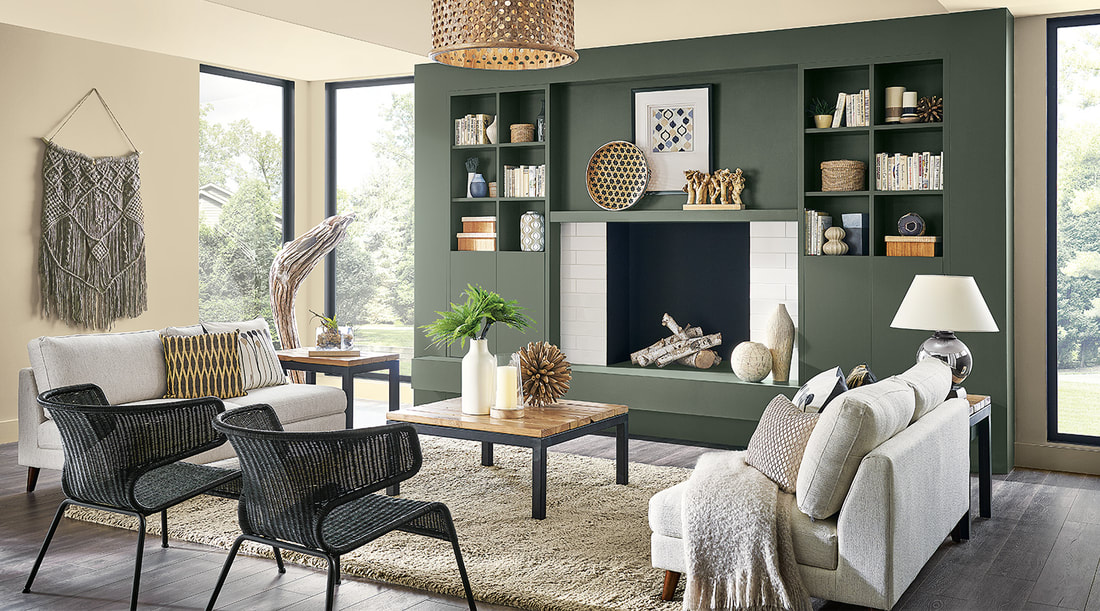
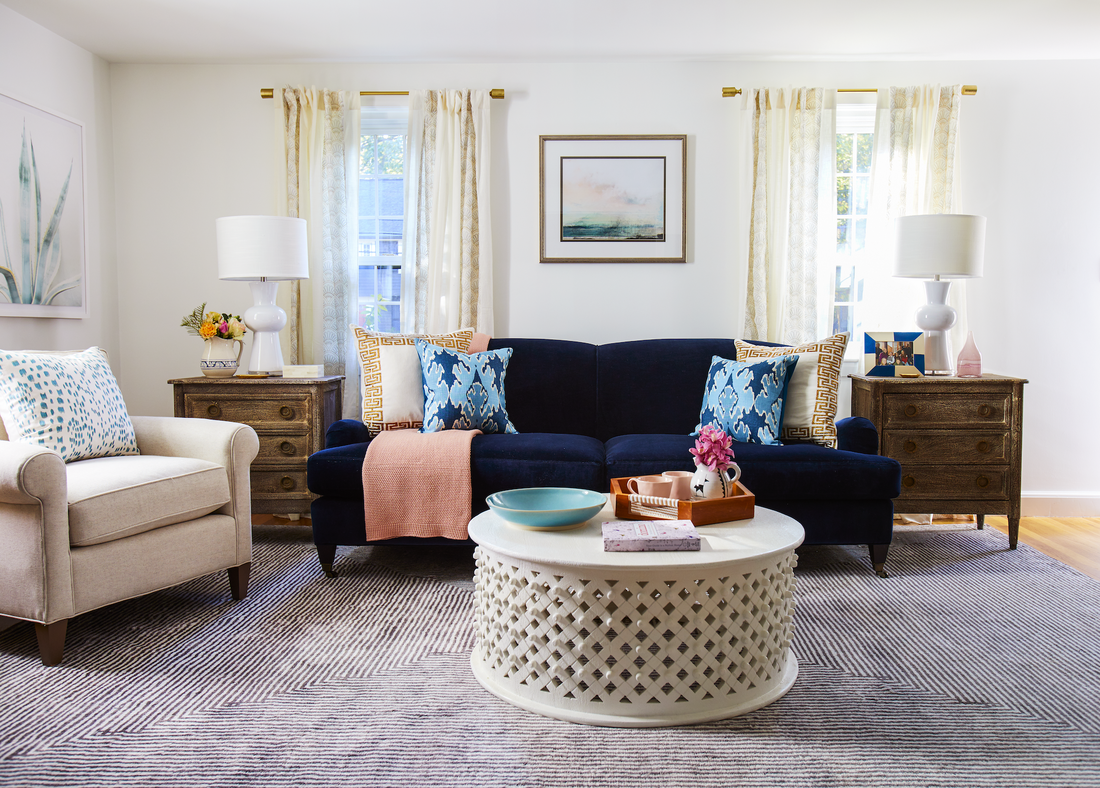

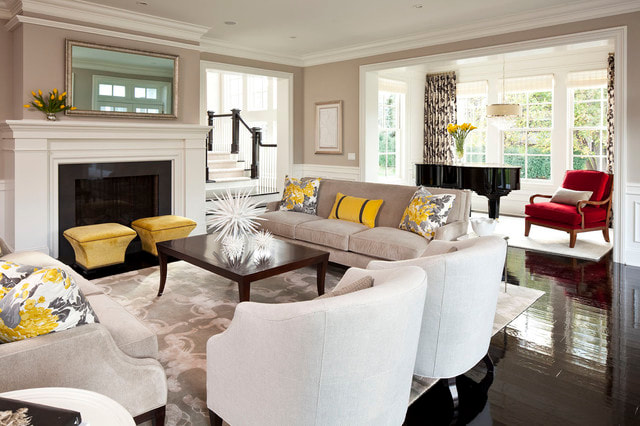
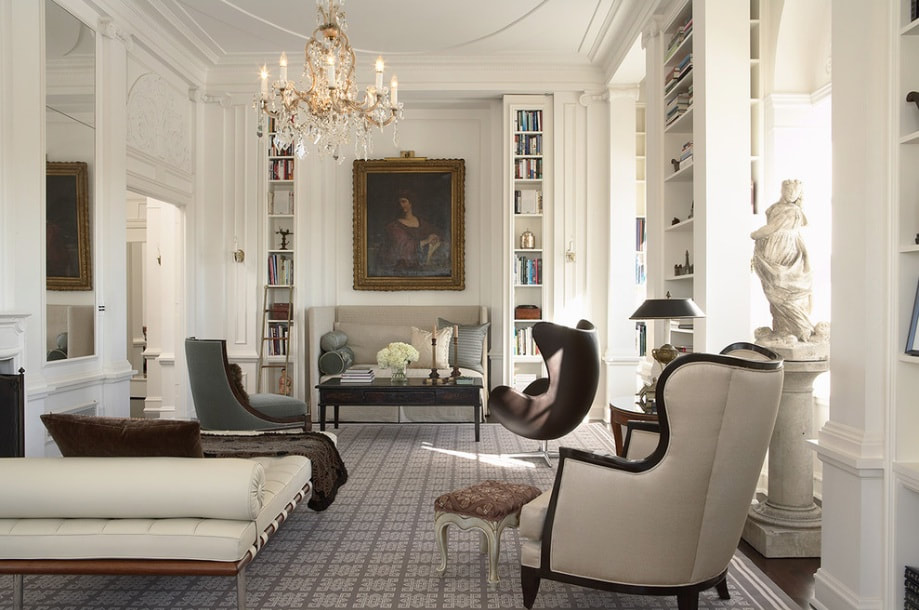
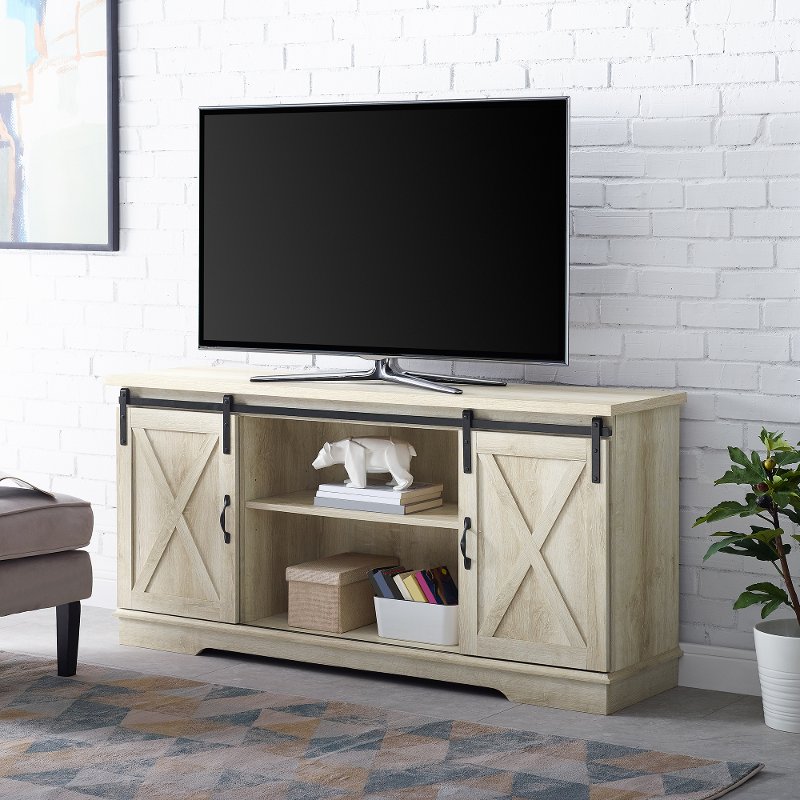
 RSS Feed
RSS Feed